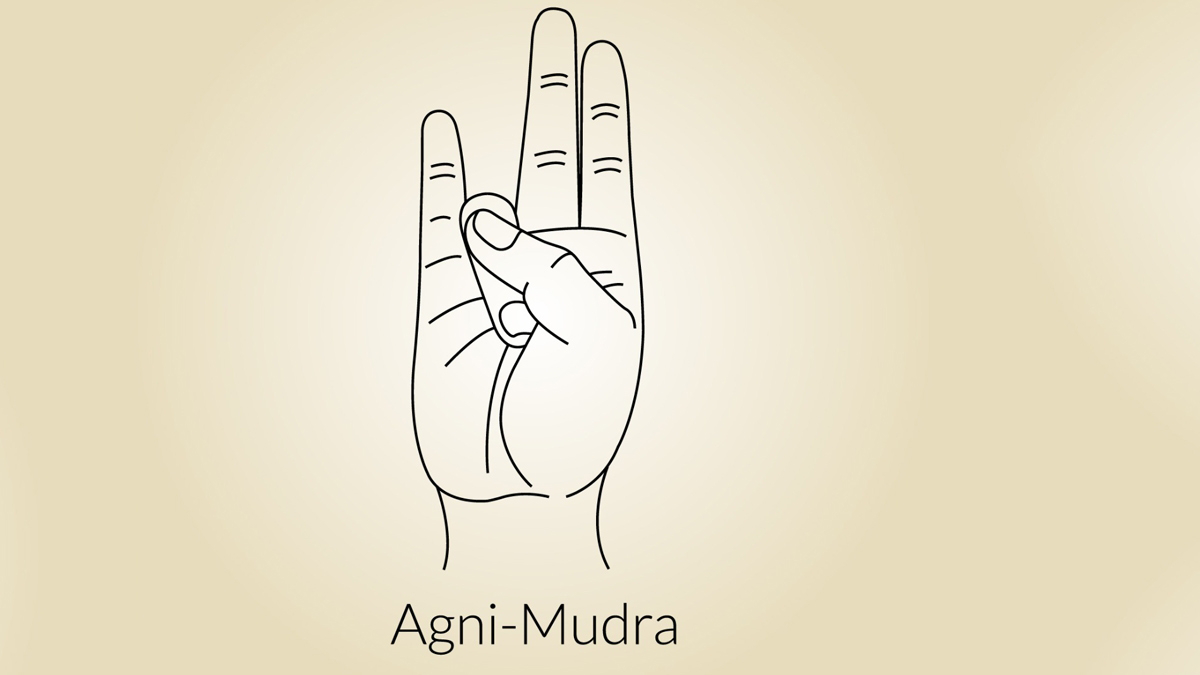Exploring Samadhi in Ashtang Yoga: A State of Profound Meditation
Hey Readers and Yoga enthusiasts, here is the last limb of Ashtang Yoga that is SAMADHI. Ashtang Yoga, a path of self-discovery and spiritual growth, encompasses eight limbs, with the ultimate goal being union with the divine. At the culmination of this journey lies the eighth limb, Samadhi, often described as a state of transcendental bliss and profound meditation. Here we will delve into Samadhi, understanding its significance and how it fits into the Ashtang Yoga.
Understanding the Eight Limbs of Ashtang Yoga
Ashtang Yoga, as
outlined in the Yoga Sutras of Patanjali, provides a structured framework for
spiritual growth and self-realization. These eight limbs are like steps on a
ladder, each building upon the previous one. They are:
1. Yama: Ethical guidelines that include principles such as
non-violence, truthfulness, and non-attachment.
2. Niyama: Personal observances, including practices like self-discipline,
contentment, and self-study.
3. Asana: The physical postures that promote strength, flexibility, and
balance.
4. Pranayam: Breath control techniques that enhance the flow of life force
energy.
5. Pratyahar: Withdrawal of the senses from external distractions.
6. Dharana: Concentration, focusing the mind on a single point.
7. Dhyana: Meditation, the uninterrupted flow of mental awareness.
8. Samadhi: The pinnacle of Ashtang Yoga, a state of complete absorption
and oneness.
Samadhi: A State of Blissful Union
Samadhi is the
ultimate goal of Ashtang Yoga, representing a state of profound meditation and
spiritual realization. It is often described as the complete merging of the individual
self (Atman) with the universal consciousness (Brahman). In Samadhi, the
boundaries between the meditator and the object of meditation dissolve,
resulting in a profound sense of oneness and unity with the universe.
The Stages of Samadhi
Samadhi is not a
single, uniform experience but can be categorized into two primary stages:
1. Savikalp Samadhi: In this initial stage, the practitioner experiences a profound
sense of stillness and peace, often accompanied by a deep connection to the
object of meditation. However, there is still a subtle sense of duality between
the meditator and the object.
2. Nirvikalp Samadhi: This is the advanced stage where all sense of duality
disappears. The meditator enters a state of pure awareness, transcending the
limitations of the individual self. In Nirvikalp Samadhi, there is no
distinction between the observer and the observed, resulting in a state of pure
consciousness and bliss.
The Significance of Samadhi
Samadhi is the
culmination of the Ashtang Yoga journey, representing the highest state of
spiritual realization. It is a profound experience that brings a deep sense of
inner peace, bliss, and clarity. Achieving Samadhi is not easy, and it requires
consistent practice, unwavering devotion, and a deep understanding of the
preceding limbs of yoga.
In conclusion, Samadhi
in Ashtang Yoga is the ultimate destination, a state of profound meditation and
spiritual union. It represents the pinnacle of human potential, where the
individual self merges with the universal consciousness, leading to a state of
pure bliss and enlightenment. While the path to Samadhi may be challenging, the
rewards it offers are immeasurable, making it a journey well worth embarking
upon for those seeking spiritual growth and self-realization.
Signing off 😊😊




Comments
Post a Comment